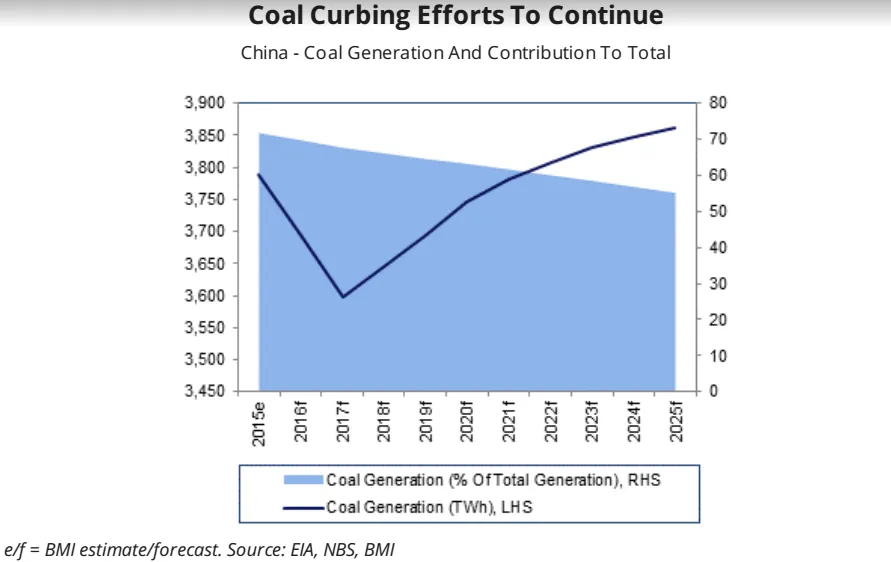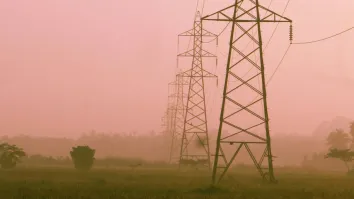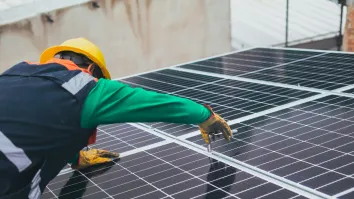
China predicted to succeed in cutting coal-based power in 10 years
It's forecasted to account for 55% of the mix by 2025.
The successful implementation of coal capacity restrictions by the NEA will help to address the thermal overcapacity in the market and reduce coal consumption - paving the way for alternative fuels to gain share in the power mix, including renewable energy, according to BMI Research.
Provincial-level opposition to coal curbing policies will remain a pertinent issue, but analysts expect the Chinese government to register success in reducing coal's share in the power mix over our 10-year forecast period, accounting for 55% in 2025.
Here's more from BMI Research:
The announcement by the National Energy Administration in October to limit the construction of coal-fired power facilities across China is underpinned by the government's efforts to reduce pollution and to also tackle overcapacity - amid stalling power demand and continued growth in renewables capacity.
Among the announcements by the NEA is the postponement of the construction of some coal-fired plants that have already secured approval and to cap the capacity of some large coal projects under construction in some of the coal-heavy provinces in the country.
As such, if the NEA is successful in its implementation of the policies, this will help to address the thermal overcapacity in the market and reduce coal consumption. By extension, the reduction of coal-fired power generation will pave the way for alternative fuels to gain share in the power mix, including renewable energy - which has previously faced problems of idling, due to integration limitations in the grid system, but also due to coal being prioritised for power generation over new renewables capacity.
Despite the strong rhetoric from the NEA, we highlight that there is still an ongoing disconnect between the government's national energy policy and coal capacity additions at the provincial level - and this has the potential to undermine the NEA's coal curbing efforts. For example, centralised government policy is focused on reducing coal consumption, whilst at the same time boosting the clean energy sector - highlighted most recently by China's thirteenth 'Five Year Plan', in which environmental stewardship and the implementation of environmental policies was a central theme.
However, coal capacity has continued to come online over the last couple of years, as provincial governments capitalise on cheap coal prices, favourable tariffs and their authority to approve power plants in their own provinces.



















 Advertise
Advertise







